

Andrew Maclean
4 Days Ago
Those wanting a British take on the classic Italian mid-engine supercar might have to wait a little longer.

Journalist
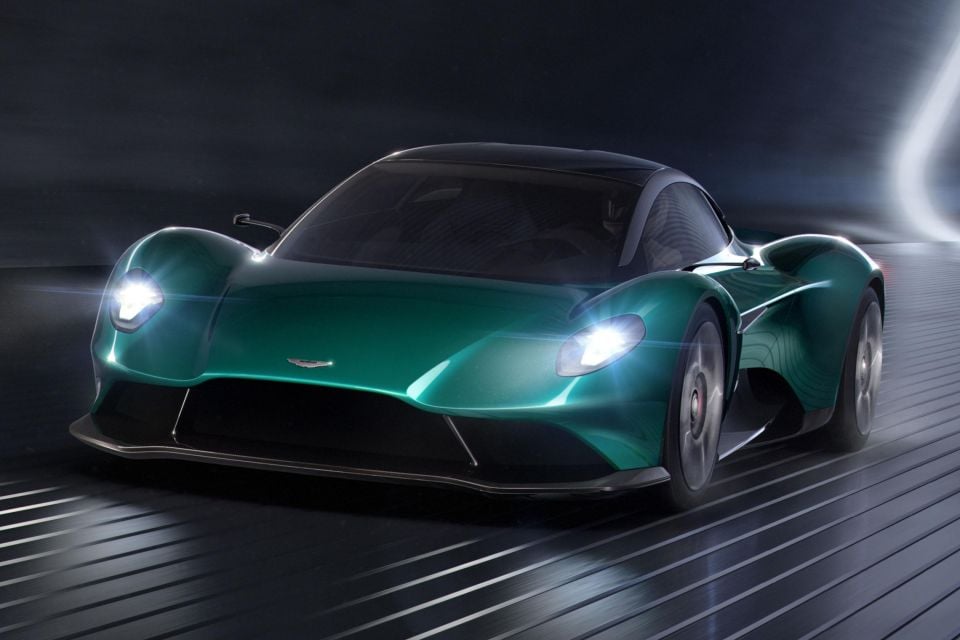

Journalist
Aston Martin won’t be taking on the Italians in the meat of the mid-engine sports car category.
Lawrence Stroll, Aston Martin chairman and the company’s largest shareholder, told Autocar at recent Monaco Grand Prix that “volume wasn’t important” for Aston Martin, and that it wouldn’t produce a “normal” mid-engine sports car to take on the likes of the Ferrari 296 GTB and Lamborghini Huracan.
Instead the British luxury sports car maker would concentrate on profitability and exclusivity.
With its 2019 Vanquish Vision concept, Aston Martin had indicated its desire to take on Ferrari and Lamborghini in the mid-engine luxury sports car segment.
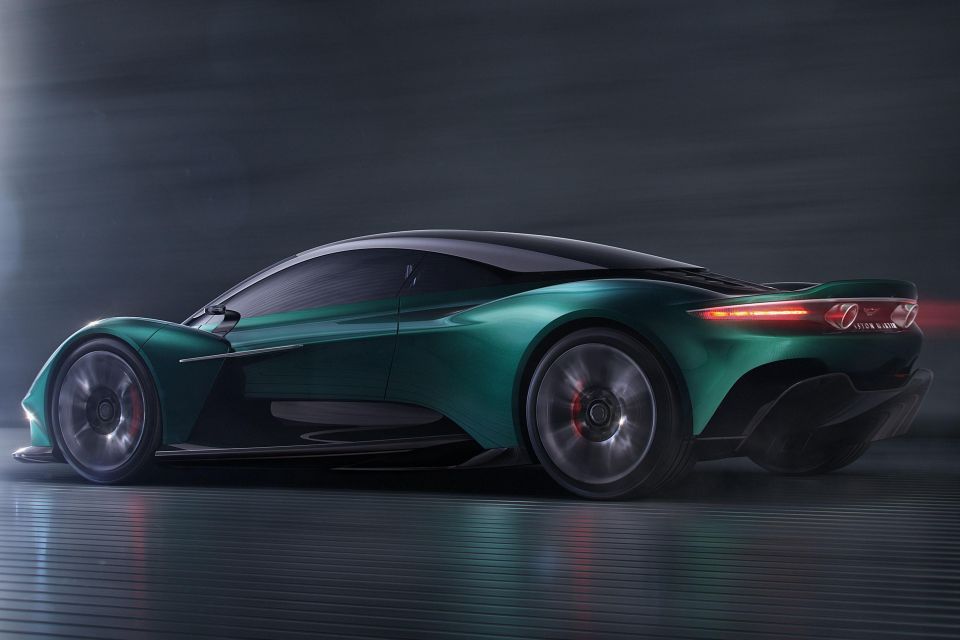
Released under previous management, the production version of the Vanquish Vision was to be powered by a twin-turbo V6 hybrid drivetrain developed in-house. The V6 engine project has already been killed off.
But with that mid-engine Vanquish idea dead, Aston Martin’s regular range will now consist of front-engine grand tourers and the DBX crossover, which will likely account for the bulk of the company’s sales and profits in the short to medium term.
Aston Martin is currently in the process of renewing its front-engine lineup, with eight models to be launched over a two year period. The first cab off the rank is the DB12, a heavily facelifted and upgraded take on the DB11. This will be followed by replacements for the Vantage and DBS.
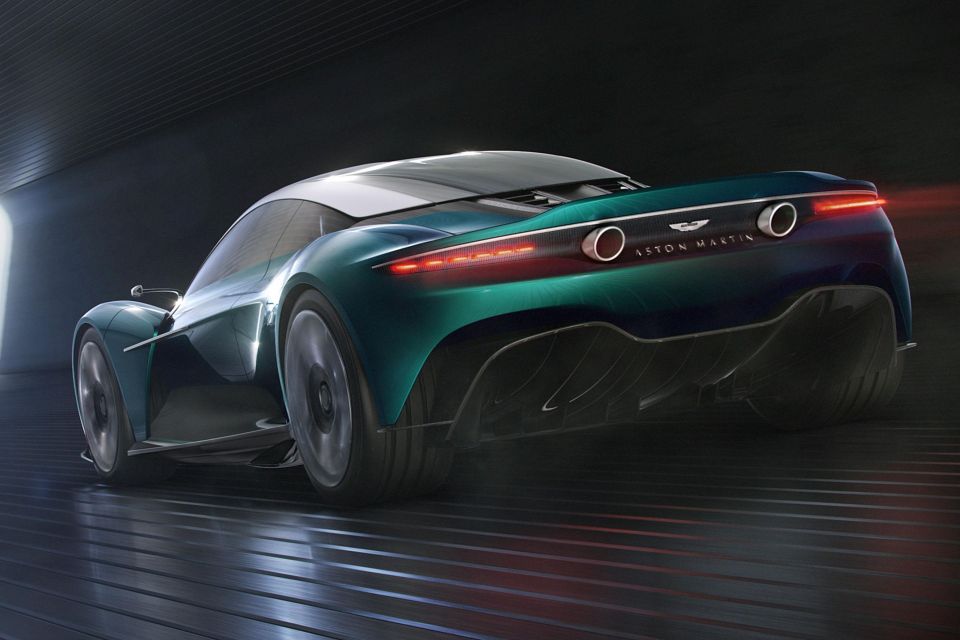
The automaker is also planning to launch its first EV in 2025, prior to going on-sale globally from 2026.
These volume models will be augmented by an assortment of limited-run, big-dollar hypercars, with the upcoming Valhalla limited to production run of 999 coupes.
Thought you be priced from around £600,000 ($1.1 million) each, the Valhalla will be powered by a plug-in hybrid drivetrain with a 4.0-litre twin-turbo V8 from Mercedes-AMG under the bonnet.
Even as Ferrari and Porsche have raked in large profits, Aston Martin has been largely mired in red ink.
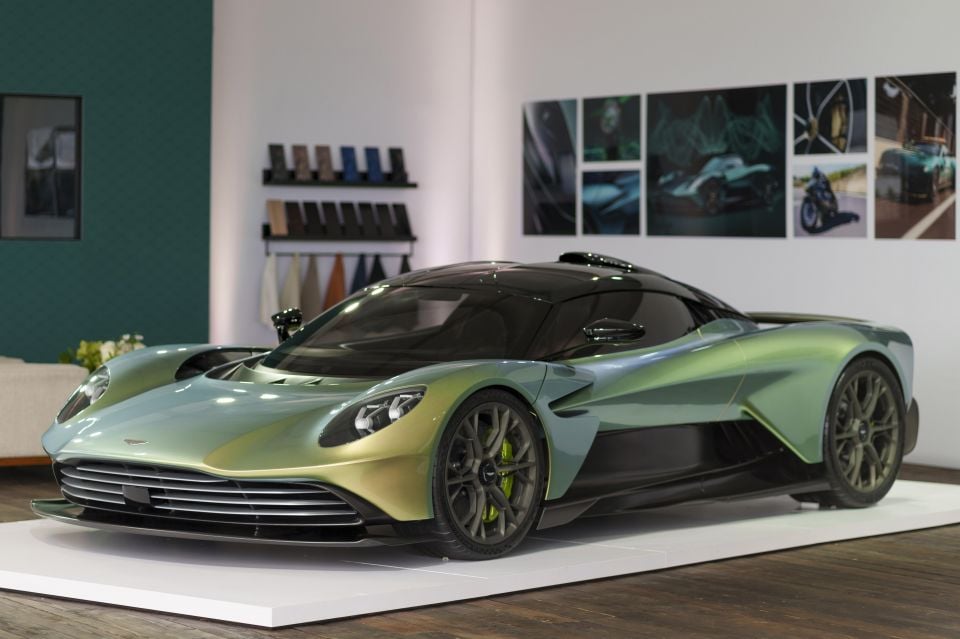
The company’s high brand recognition has helped it find investors to help bankroll its latest turn around efforts. Canadian Lawrence Stroll and his Yew Tree consortium bought into the company in early 2020, and is the company’s largest shareholder with a 28 per cent stake.
Saudi Arabia’s Public Investment Fund holds a roughly 18 per cent holding, while Geely – the Chinese automaker that also owns or controls Volvo, Polestar, Lynk & Co, and Lotus – recently upped its stake to 17 per cent.
Mercedes-Benz, which is Aston Martin’s key technology and engine partner, owns a further 10 per cent of the firm.
CarExpert does the hard work to get you the best price. No negotiating, no hidden costs, just expert help and real savings on your next new car.
Derek Fung would love to tell you about his multiple degrees, but he's too busy writing up some news right now. In his spare time Derek loves chasing automotive rabbits down the hole. Based in New York, New York, Derek loves to travel and is very much a window not an aisle person.


Andrew Maclean
4 Days Ago
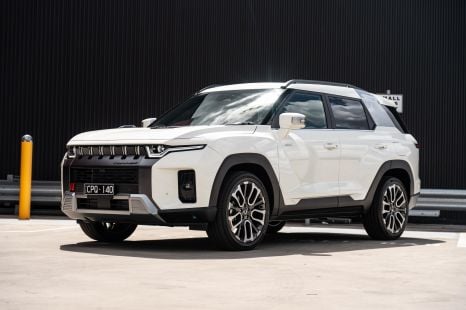

Max Davies
4 Days Ago


Matt Campbell
3 Days Ago
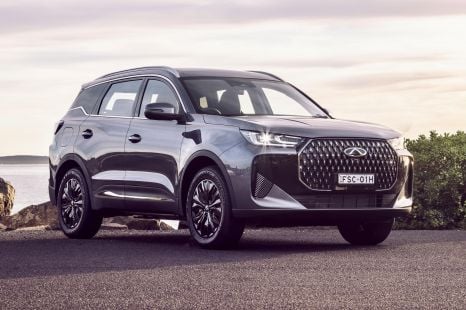

Max Davies
2 Days Ago


Josh Nevett
21 Hours Ago
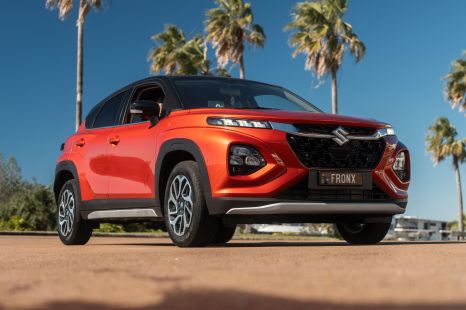

William Stopford
15 Hours Ago